But not for much longer!
If I was to ask you to name a great female artist who was around in the time of Vasari, Michelangelo or Da Vinci, could you? Have you ever wondered why there are no world renowned female artists celebrated in the same way as their male contemporaries? Now thanks to Jane Fortune who founded AWA, the Advancing Women Artists Foundation, many of these ‘invisible’ women artists are starting to get the recognition that they have so long deserved.
Last week I was honoured to have been invited to the launch of the new perfume by Aquaflor, a special Maison de Parfums working in Florence since 2009 to cultivate and uphold the art of the traditional artistic Florentine fragrances. Together with AWA, Aquaflor has developed an exclusive partnership to honour the forgotten women artists in history with an unforgettable fragrance. Proceeds support the conservation of art by female paintings and sculptures in Florence and Tuscany.
In the words of maître perfumer Sileno Cheloni: “Perfume is conceived in the realm of the invisible and it evokes all that is felt but not seen. INVISIBLE, the perfume is a tribute to women artists and their precious artwork that has been hidden in the shadows of our collective memory, awaiting rediscovery. Notes of violet, talcum powder, and silky blue chamomile engulf a ‘hostage’ of rare purity from the mysterious lands of India: the Osmanthus flower. The fragrance ends with a surprising hint of blond tobacco.”
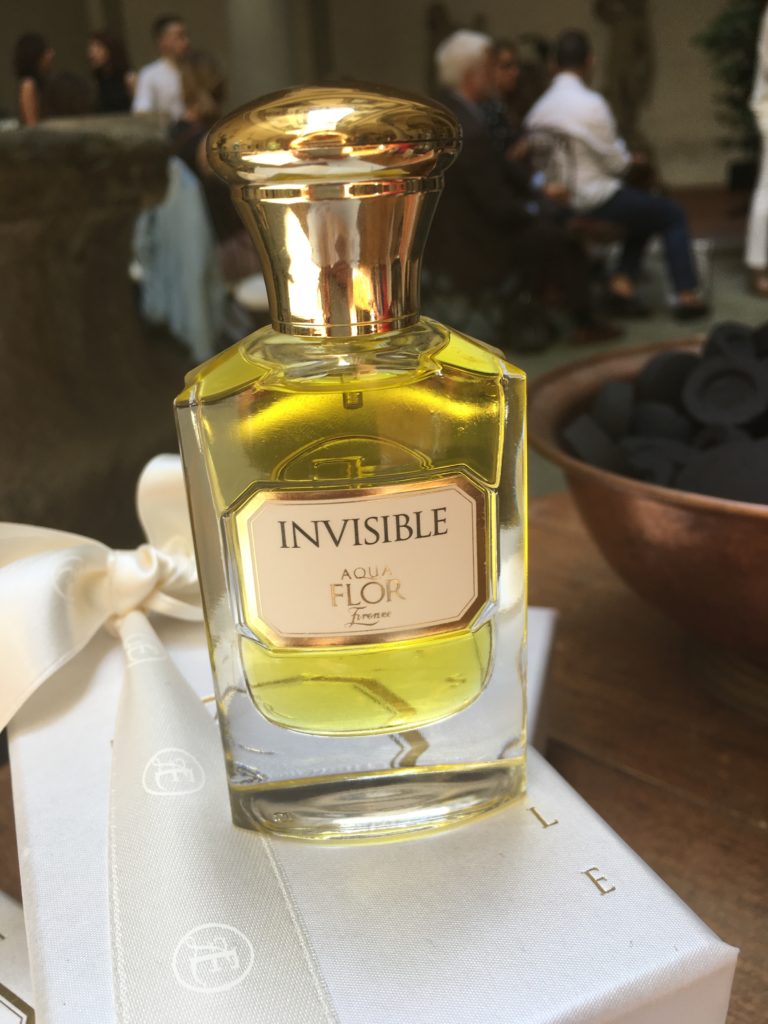
At the presentation, we also participated in a perfume-making workshop where we each attempted to make our own unforgettable fragrance. I was quite pleased with my result but think I could improve immensely given more time and experience. After smelling 15 different scents and learning about the ‘Olfactory Pyramid’ which is made up of Top Notes, Heart Notes and Base Notes, we created our own formula mixing up a 20ml ‘cocktail’ which then had 80ml of alcohol added to it before being bottled and packaged beautifully in the Aquaflor laboratory which sits below the retail showroom and store on Borgo Santa Croce. I now have a new found respect for the creators of perfume. There are approximately 200 natural essences and nearly 2000 existing synthetic elements so you can imagine how many possible combinations can be created in an attempt to find the perfect perfume!
I couldn’t think of a better collaboration to help raise awareness for the wonderfully talented women artists that have been forgotten through the years.
For those of you that have the June issue of This Tuscan Life, you would have read about the famous painting, The First Last, by Plautilla Nelli that is currently being painstakingly restored after being hidden away for 450 years.
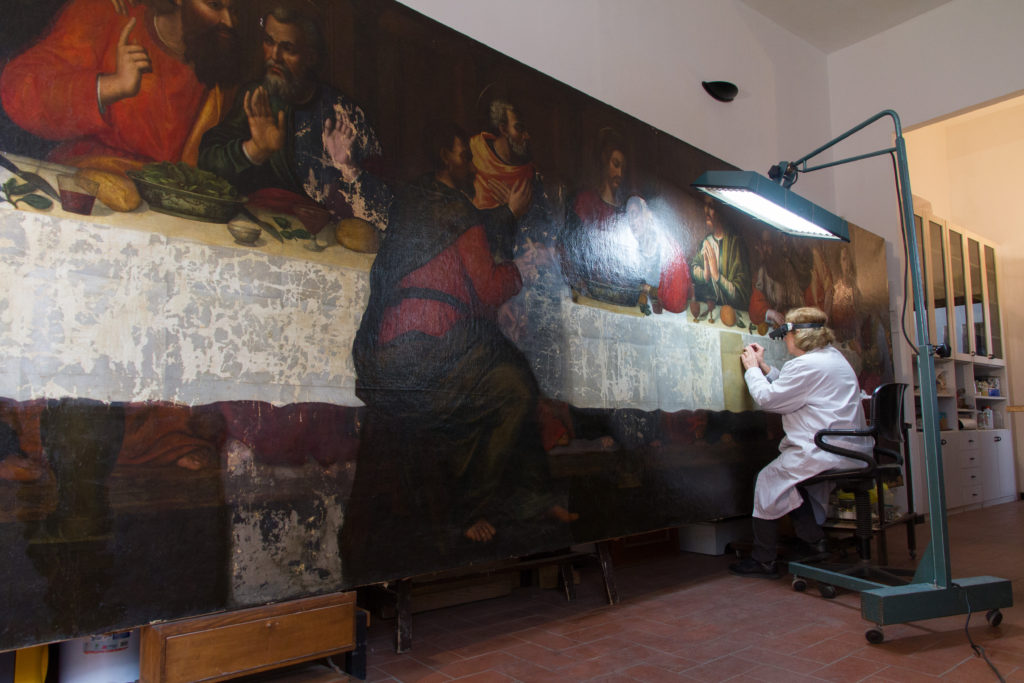
Below is the article about Plautilla Nelli written by Jane Fortune for our June issue:
Plautilla Nelli
Painter and Renaissance Woman
By Jane Fortune
Florence has been a centre for women artists for over 500 years. The city’s first known female painter, Plautilla Nelli (1524-1588), was a true Renaissance woman. Imagine a world where fifty percent of educated, wealthy women were relegated to convents in their teens. Think of an art scene where women did not hold legal standing and could not legally receive money in exchange for their paintings. Then imagine Nelli, a Dominican nun-painter who trained other nuns in her craft and established a self-sufficient workshop within the walls of the cloistered convent of Santa Caterina. Nelli and her sisters became self-sufficient and achieved renown in their time.
Nelli was one of only two women Italy’s first art historian Giorgio Vasari cites in his Lives of the Most Excellent Painters, Sculptors and Architects: “… And in the houses of gentlemen throughout Florence, there are so many of her pictures, that it would be tedious to attempt to speak of them all.” In 2006, I began wondering where all those paintings were. The question morphed into a quest to find all of Florence’s historic women artists and rescue their works from decay or oblivion. Three years later, I would found the Advancing Women Artists Foundation (AWA), a nonprofit organization that researches, restores and exhibits art by Florence’s ‘invisible’ women artists.
Plautilla Nelli’s twenty-one foot long oil-on-canvas of the Last Supper is currently under restoration and will be returned to the Museum Complex of Santa Maria Novella in 2019. Over 400 people from 19 countries have so far joined ‘TheFirstLast’ project to help restore this painting—the largest ever by an early woman artist in the world. By authoring and signing this 21-foot work depicting Florence’s best-loved spiritual theme, Nelli successfully placed herself among the ranks of her male counterparts, such as Leonardo da Vinci, Andrea del Sarto and Domenico Ghirlandaio, all of whom painted Last Suppers to prove their prowess as art professionals. The canvas weighs over 80 kilos which took six men to hoist it through the window of conservator Rossella Lari’s restoration lab. Rossella is restoring it alone, “in the good company”, she says, of Nelli’s life-size Apostles.
For over ten years Nelli and her story have been the driving forces behind my quest. Thanks to recent restorations and the work of international scholars, her oeuvre has grown from three to over twenty attributed works—many of which have since undergone restoration. This spring, she became one of the Uffizi’s ‘leading ladies’ thanks to her first ever monographic show! Several of her large-scale works can be found on permanent display in Florentine venues like The Last Supper Museum of Andrea del Sarto and the San Marco Museum.
During Nelli’s lifetime, her works were thought to have mystical properties. This has been true in my own life. Her devotional works move me and spur me to take action. She signed her masterwork with the inscription: ‘Pray for the Paintress’. I feel she is speaking to me. Women artists need to reclaim their voice in history. In Florence, the city of artistic genius, there were women painters too.
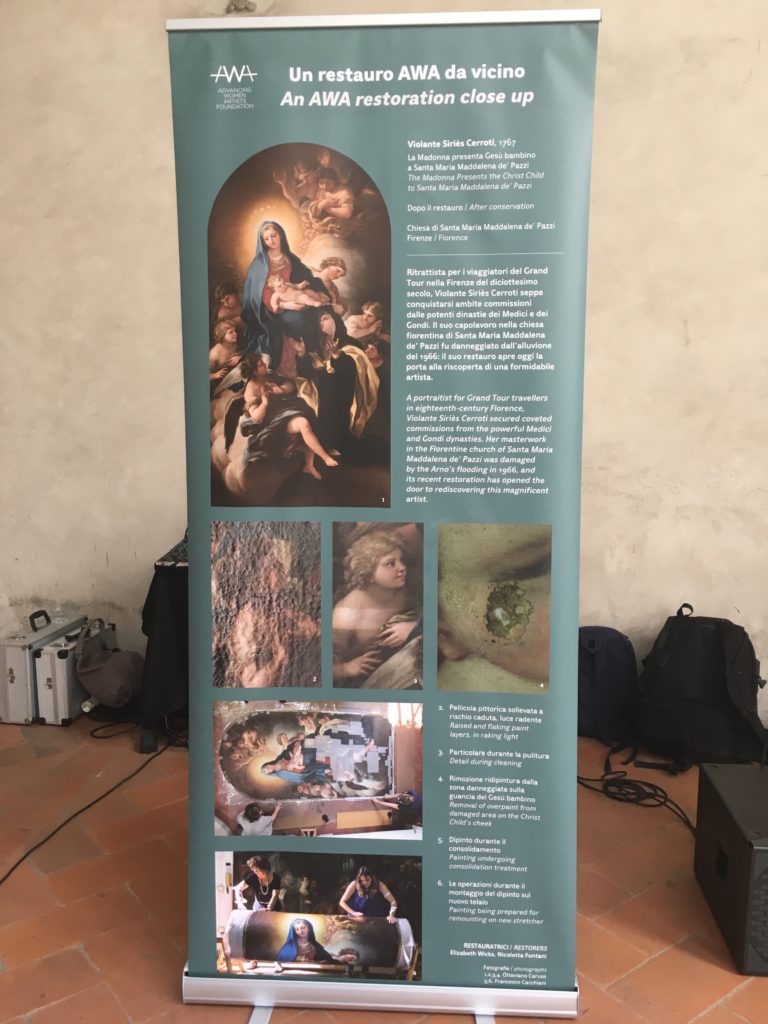
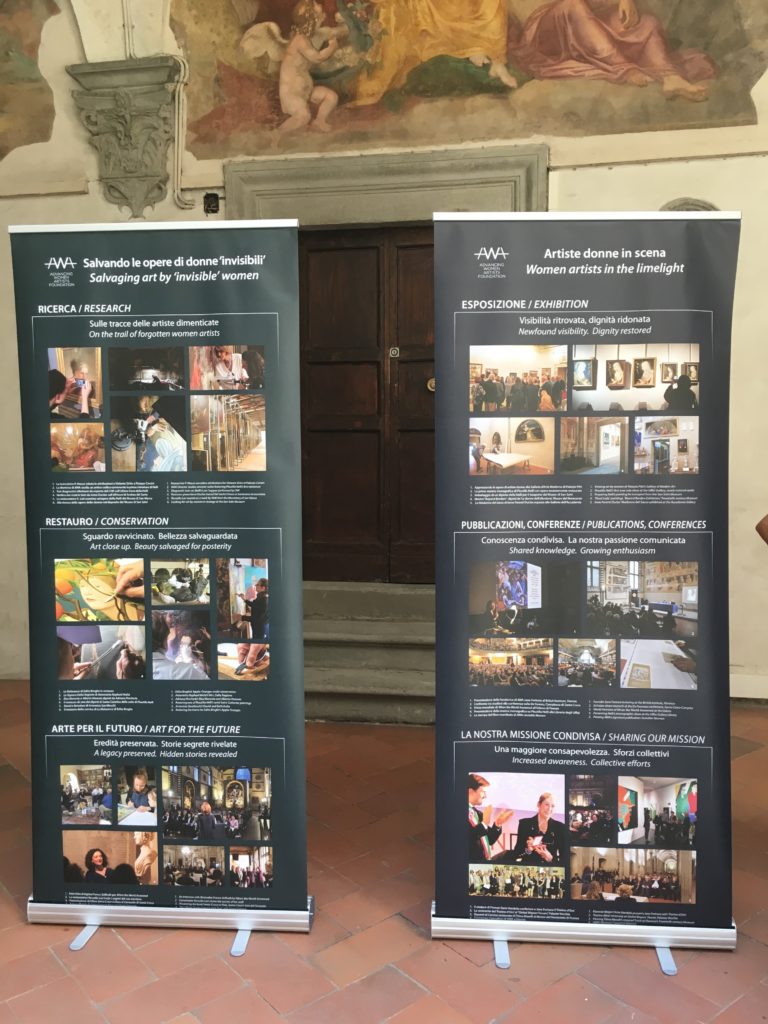
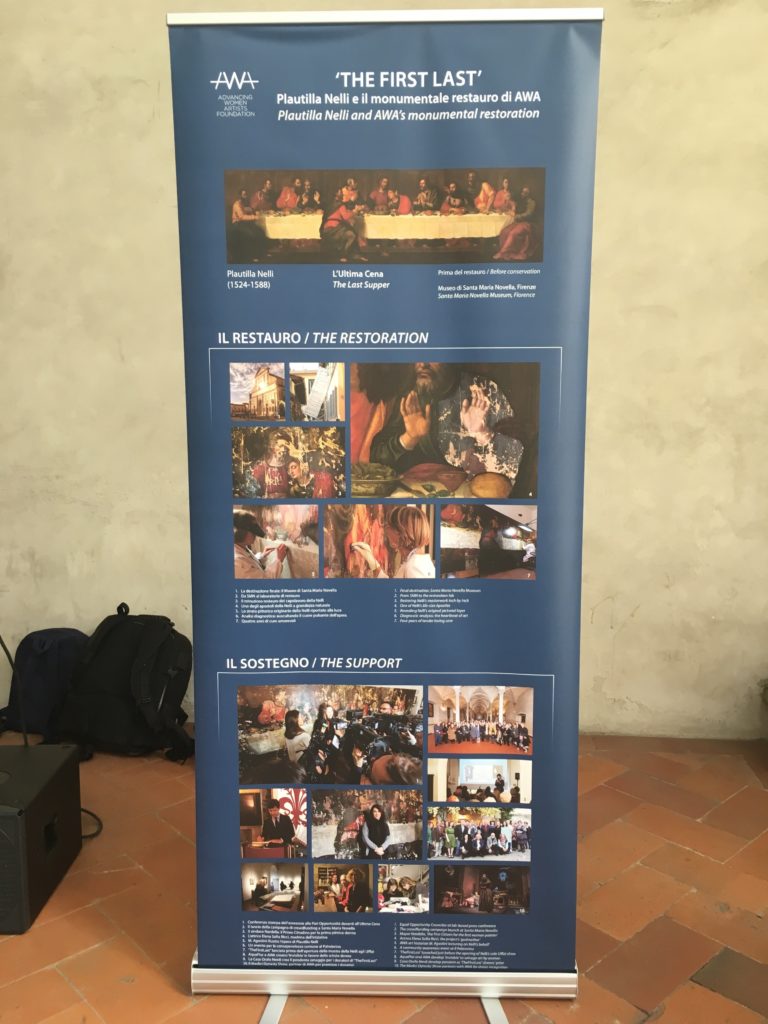
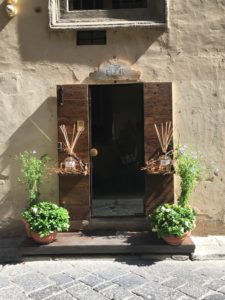
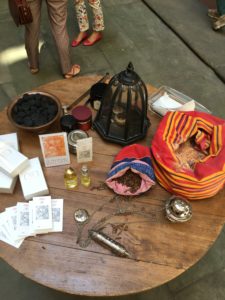
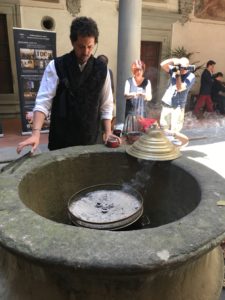
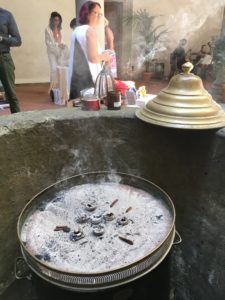
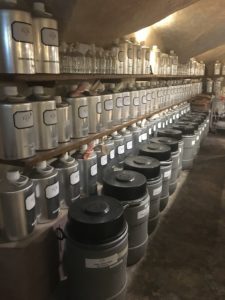
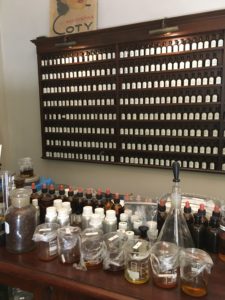
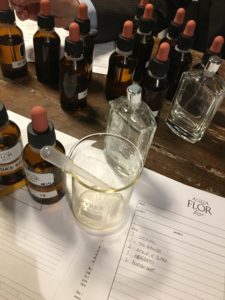
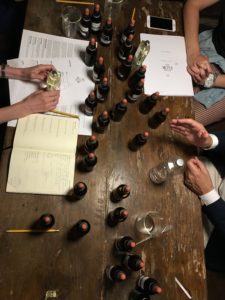
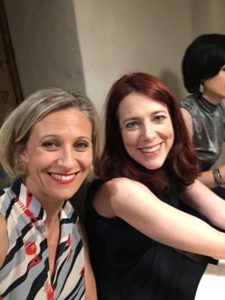
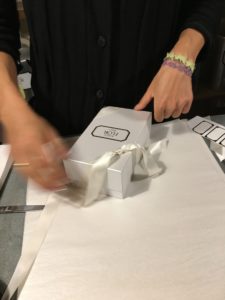
+ show Comments
- Hide Comments
add a comment